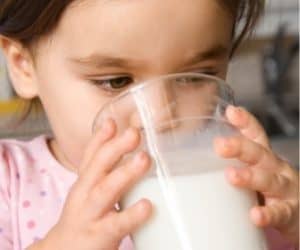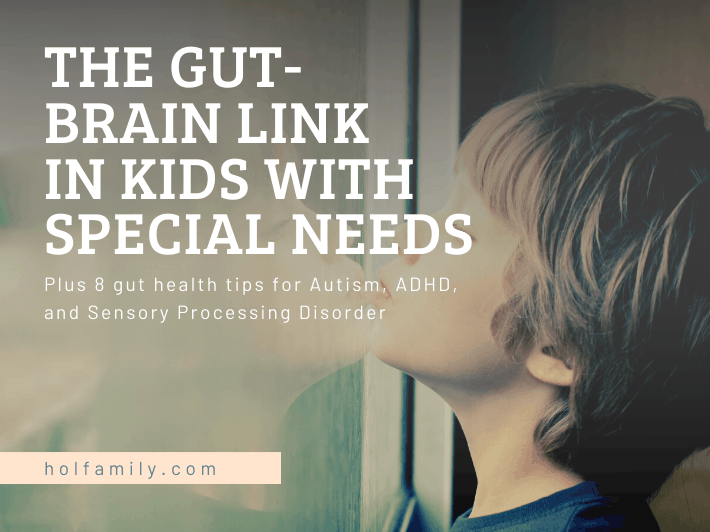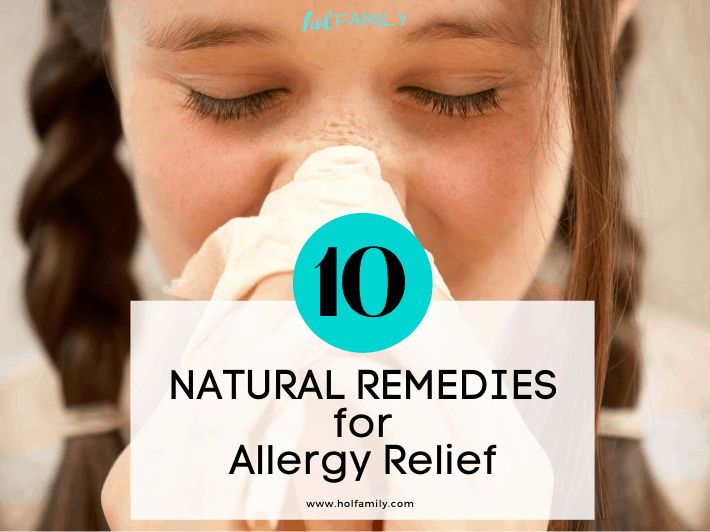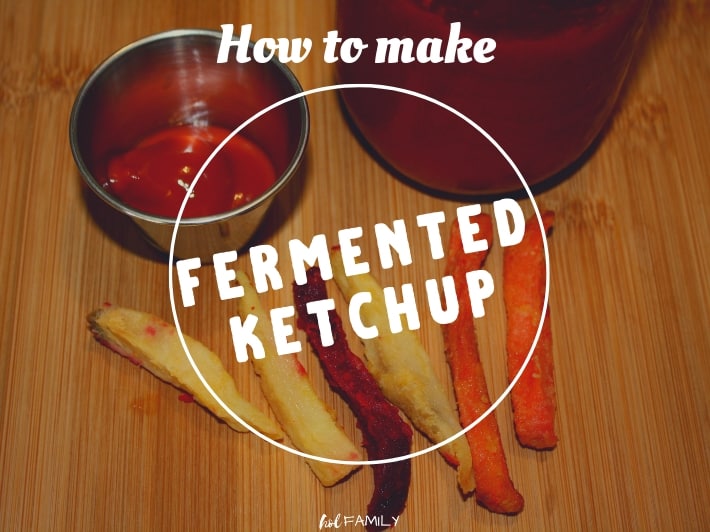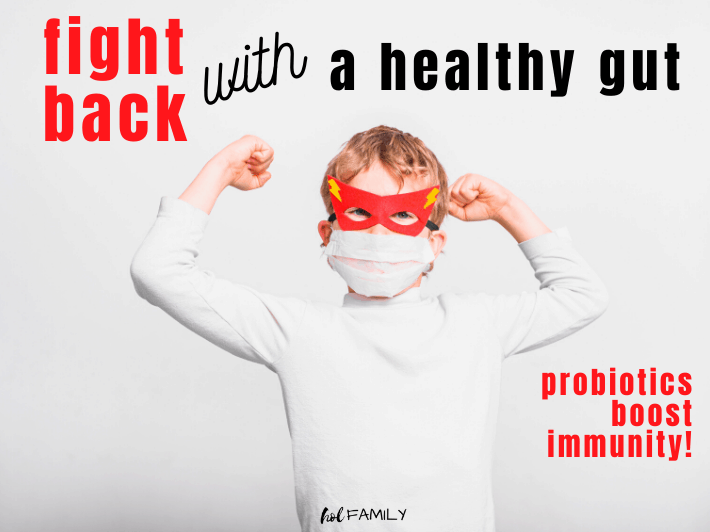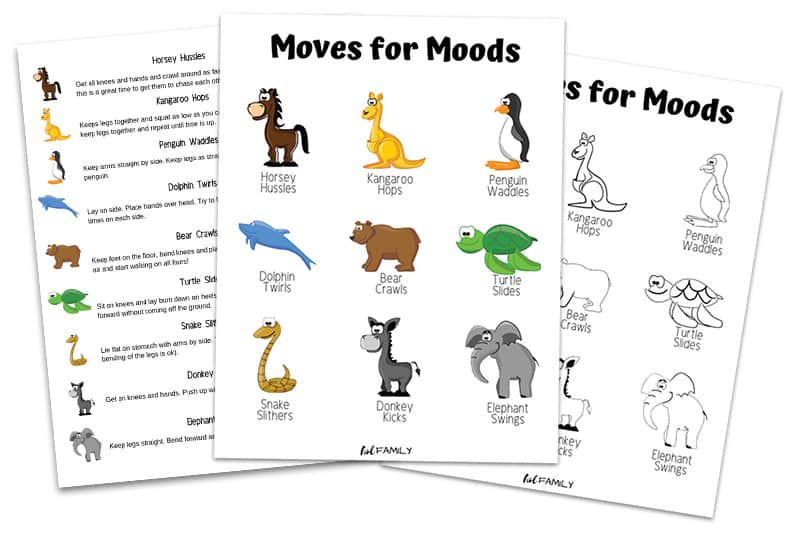My ten month old loves to be around other babies, so we often join playgroups. Recently as we sat in a room full of Moms with babies all nearly a year old, I listened quietly to the discussion about weaning.
Some Moms had chosen the formula route and were asking for advice on when to transition to whole milk, other Moms were talking about trying to cut out one feed and replace it with cow’s milk…and then there was me.
Not only did I have zero intention of weaning my ten month old anytime soon (I breastfed until nearly two with my first son and three with my daughter), but I also don’t believe that pasteurized cow’s milk is what is best for my baby.
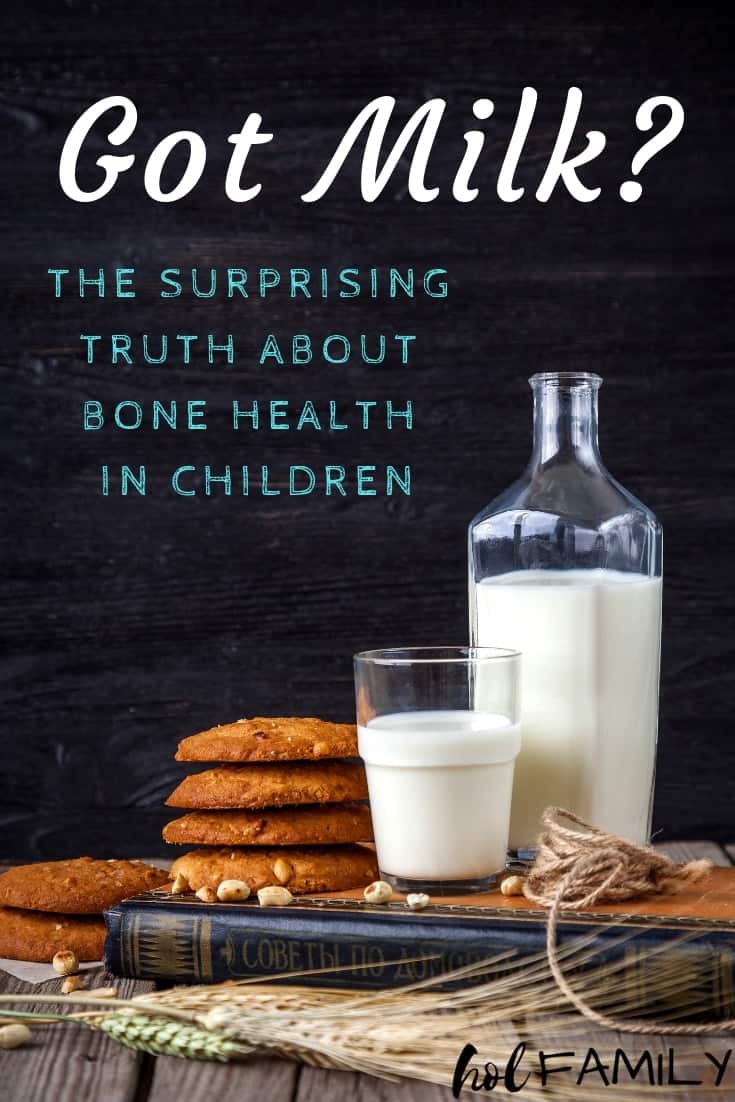
Exposing the Milk Industry
For years, the dairy industry and the US Government have been telling us that dairy is absolutely essential for maintaining strong and healthy bones, especially in children. Thanks to the $180 billion annual advertising budget of the dairy industry, the classic “milk mustache” ads featuring animals, children, and even celebrities has led the vast majority to believe that dairy is some sort of a health panacea.
Dairy became a major food group in the 1950s despite the fact that numerous physicians and watchdog organizations have criticized the food pyramid as being biased and unbalanced. In fact, the US Department of Agriculture (USDA) has the dual responsibility of assisting dairy farmers and promoting the health of the American population (total conflict of interest).
In December of 2000, the Physician’s Committee for Responsible Medicine (PCRM) won a lawsuit against the USDA, exposing the department for unfairly promoting the special interests of the meat and dairy industries through its official dietary guidelines and the Food Pyramid.
At the time, six of the eleven members assigned to the U.S. Dietary Guidelines Advisory Committee were shown to have financial ties to meat, dairy, and egg interests. This is just one of many cases in which a conflict of interest in favor of the dairy industry has been uncovered.
The government has been offering billions of dollars in subsidies to large dairy farms through increasing the cost of dairy to consumers as well as increasing taxation.
Furthermore, these large dairy corporations are putting small farms out of business, contributing to the demise of traditional family farms. In traditional farms, dairy cows naturally live anywhere from 25-30 years, while in these large farm factories, US milk cows rarely live beyond age four or five.
Part of the reason for these shorter life spans is that large factory farm dairy cows are kept constantly pregnant in order to continue to produce milk (and more female dairy cows or baby male cows used for the veal industry). They commonly develop mastitis from being over milked and suffer from other debilitating conditions of the uterus and ovaries that shorten their life span.

Harmful Milk Additives
Large farm factory dairy cows are dosed with antibiotics as well as artificial hormones including recombinant bovine growth hormone (rBGH), a genetically engineered hormone used to increase milk production by nearly 15-25%.1
Antibiotics in our milk supply are contributing to the numerous strains of antibiotic resistant bacteria that are sweeping our nation and are responsible for countless hospitalizations and even death, especially among children and those with compromised immune systems.
Even more disturbing, naturally occurring BGH and the artificial counterpart, rBGH are contributing to the early development of secondary sex characteristics in young children, especially girls who are now entering puberty at younger ages than ever seen before.
Cows injected with rBGH also produce higher than normal amounts of Insulin Growth Factor-1 (IGF-1), a cancer promoter linked to increased development of prostate and breast cancer.2 Not surprisingly, since 1994, almost every industrialized nation from Canada to Japan has banned the use of rBGH. In the United States, 90% of the milk in grocery stores contains rBGH and labeling of this added ingredient is not required.
Milk also contains other harmful contaminants such as pesticides, polychlorinated biphenyls (PCBs), and dioxins.3 In fact, dairy products now contribute to up to half of the dietary intake of total dioxins which can eventually lead to harmful levels that may affect the reproductive, immune, and the central nervous systems.4
PCBs and dioxins have also been linked to an increased risk of cancer. Other contaminants found in milk include melamine, which negatively affects the kidneys and urinary tract due to high nitrogen content, and carcinogenic toxins including aflatoxins.5
Cow’s Milk and Babies
Research is now shedding light on the idea that perhaps cow’s milk is not the super-food it was once thought to be, even for infants.
Recent studies have found an increased risk of Type 1 Diabetes (insulin dependent) in babies who consume dairy during in the first three months of life.6-7 In fact, for infants younger than age one, the consumption of cow’s milk is not recommended, even by The American Academy of Pediatrics.
Iron deficiency is more likely to develop when babies consume dairy due to the low amount of iron found in cow’s milk as compared with human breast milk.8
Colic is another concern when infants consume cow’s milk. Even breastfeeding mothers can have colicky babies if the mother is drinking cow’s milk since the cow’s antibodies can pass through the mother’s bloodstream, into her breast milk, and to the baby.9
Constipation is another problem that a lot of children struggle with. Cow’s milk has been linked to chronic constipation in children as well as the increased development of food allergies.10
Bone Health in Children
The government, the dairy industry, and even our pediatricians and dieticians have all led us to believe that dairy is absolutely necessary for the growth and development of strong, healthy bones in children. However, the world’s leading epidemiologists have found that the nations with the highest milk consumption also are known to have the highest osteoporosis and fracture rates.
In fact, research studies looking at the relationship between calcium/dairy products and markers of bone health in children, adolescents and young adults have not been able to substantiate the alleged claims propagated by the government.

The Physician’s Committee for Responsible Medicine (PCRM) examined 58 studies dating back to 1966 and found that while calcium intakes below 400 mg may be harmful to bone development, increased dairy or calcium above 400-500 mg daily did not correlate with increased measures of bone health among children or young adults. In fact, they concluded that there was no evidence to justify the idea that milk is the preferred source of calcium at all.11
So what do children need to grow and develop strong and healthy bones? While calcium from dairy is not the preferred source due to the many contaminants and poor absorption, some calcium in the range of 400-500 mg from plant-based sources is ideal.
The best food sources of highly absorbable calcium include sardines, salmon with bones, almonds, broccoli, green leafy vegetables like kale and collards, sweet potatoes, tofu, and oranges.
The Bottom Line
While we know that calcium intake does play an important role in overall bone health, studies have shown that the greatest positive predictor of bone integrity in adolescents is physical activity.12-14 Other important factors include vitamin D intake, which is best obtained by ensuring children get adequate sunlight every day. It is equally important that children and adolescents avoid “calcium drainers” such as caffeine, tobacco, excess sodium and phosphorus, and sodas.
There are lots of debates about the risks versus benefits of consuming milk and dairy. Even among health authorities, some advocate unpasteurized raw dairy while others say we should avoid it completely. In our home, we have chosen to remain dairy free and prefer to get our calcium from foods like leafy greens, fish, nuts, and other veggies.
What are your thoughts on the dairy debate? Leave a comment below and let us know!
SOURCES
1 Fischer WJ, Schilter B, Tritscher AM, Stadler RH. Contaminants of milk and dairy products: contamination resulting from farm and dairy practices. In: Fuquay JW, ed. Encyclopedia of Dairy Sciences. 2nd ed. San Diego, CA: Academic Press; 2011:887–897.
2 Outwater JL, Nicholson A, Barnard N. Dairy products and breast cancer: the IGF- 1, estrogen, and bGH hypothesis. Med Hypothesis. 1997;48:453–461.
3 Bhandari SD, Schmidt RH, Rodrick GE. Hazards resulting from environmental, industrial, and agricultural contaminants. In: Schmidt RH, Rodrick GE, eds. Food Safety Handbook. Hoboken, N.J.: John Wiley & Sons, Inc.; 2005:291–321.
4 Baars AJ, Bakker MI, Baumann RA, et al. Dioxins, dioxin-like PCBs and nondioxin- like PCBs in foodstuffs: occurrence and dietary intake in the Netherlands. Toxicol Lett. 2004;151:51–61.
5 Prandini A, Tansini G, Sigolo S, Filippi L, Laporta M, Piva G. On the occurrence of aflatoxin M1 in milk and dairy products. Food Chem Toxicol. 2009;47:984–991.
6 Saukkonen T, Virtanen SM, Karppinen M, et al. Significance of cow’s milk protein antibodies as risk factor for childhood IDDM: interaction with dietary cow’s milk intake and HLA-DQB1 genotype. Childhood Diabetes in Finland Study Group. Dibetologia. 1998;41:72–78.
7 Kimpimaki T, Erkkola M, Korhonen S, et al. Short-term exclusive breastfeeding predisposes young children with increased genetic risk of type I diabetes to progressive beta-cell autoimmunity. Diabetologia. 2001;44:63–69.
8Eidelman AI, Schanler RJ. Policy statement: breastfeeding and the use of human milk. From the American Academy of Pediatrics. Pediatrics. 2012;129:827–841.
9Lucassen PL, Assendelft WJ, van Eijk JT, Gubbels JW, Douwes AC, van Geldrop WJ. Systematic review of the occurrence of infantile colic in the community. Arch Dis Child. 2001;84:398–403.
10Iacono G, Cavataio F, Montalto G, et al. Intolerance of cow’s milk and chronic constipation in children. N Engl J Med. 1998;339:1100–1104.
11Lanou AJ, Berkow SE, Barnard ND. Calcium, dairy products, and bone health in children and young adults: a reevaluation of the evidence. Pediatrics. 2005;115:736-743.
12Sonneville KR, Gordon CM, Kocher MS, Pierce LM, Ramappa A, Field AE. Vitamin D, calcium, and dairy intakes and stress fractures among female adolescents. Arch Pediatr Adolesc Med. 2012;166:595-600.
13Reid DM, New SA. Nutritional influences on bone mass. Proceed Nutr Soc. 1997;56:977–987.
14Cadogan J, Eastell R, Jones N, Barker ME. Milk intake and bone mineral acquisition in adolescent girls: randomised, controlled intervention trial. BMJ. 1997;315:1255–1260.
